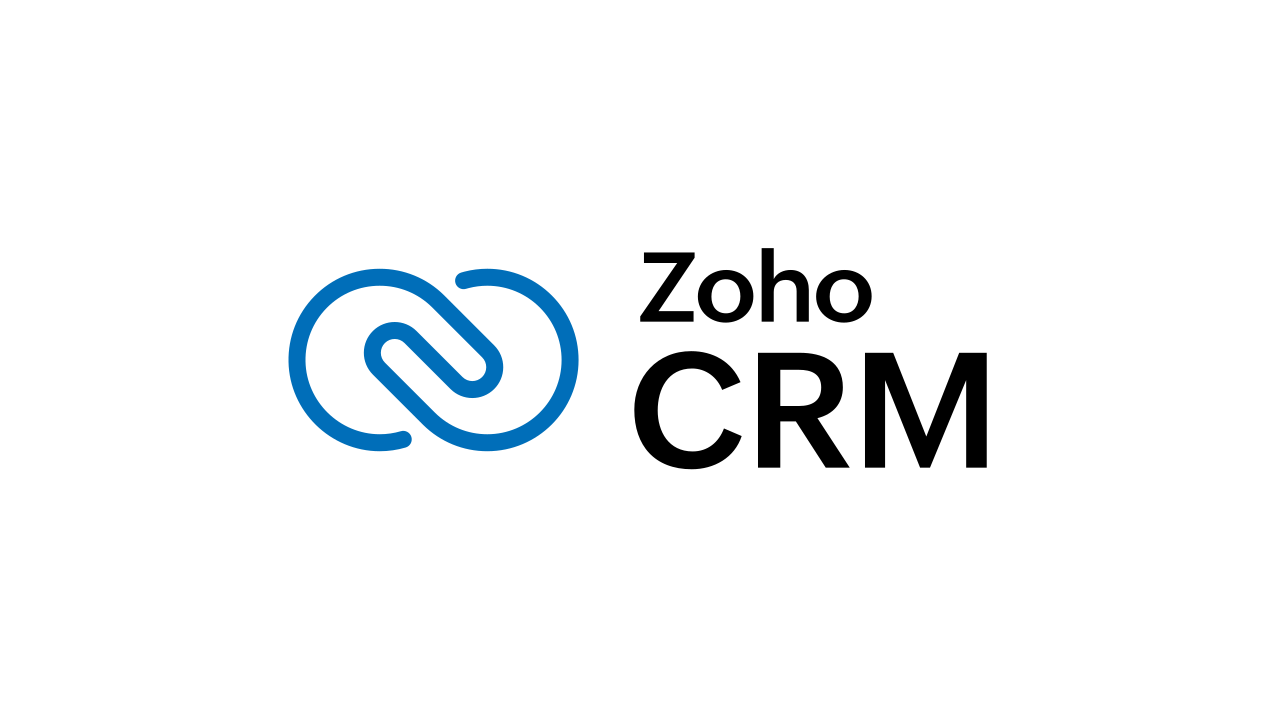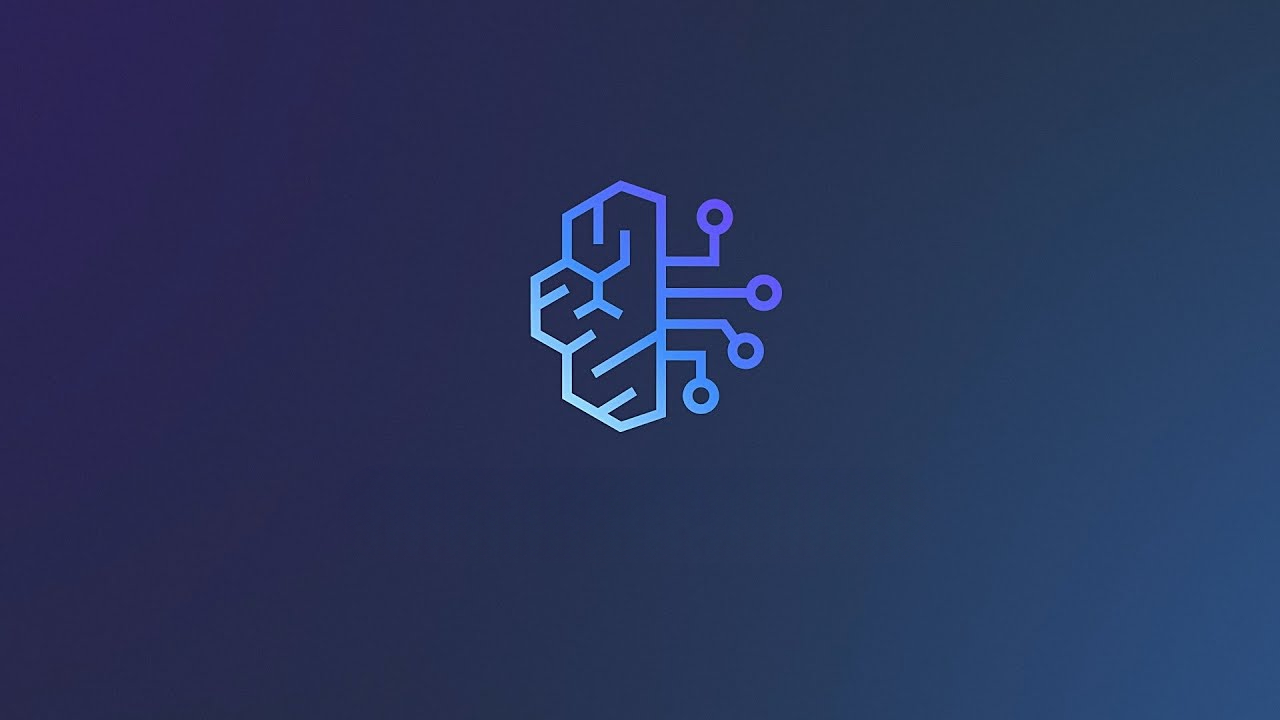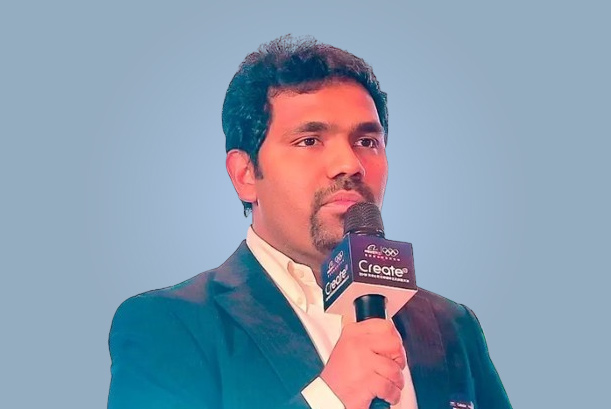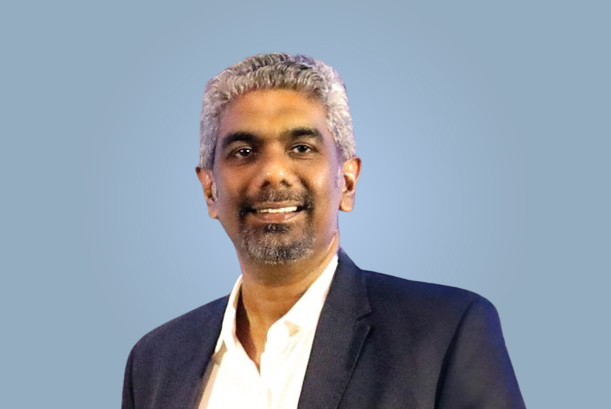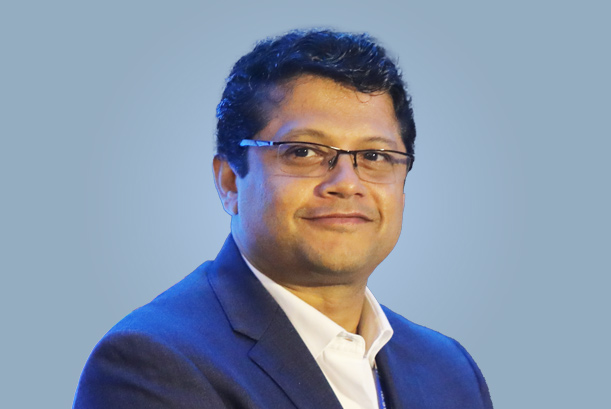
Hiring talent isn’t the hard part — hiring great talent is. It’s unpredictable, expensive, time-consuming, and in many cases, unsustainable. As global tech firms continue to scale rapidly, the pressure on CTOS and delivery teams to ship high-quality products quickly has never been higher. The traditional response to this challenge has often been outsourcing, seen as a quick fix to extend capacity and reduce operational load. However, this convenience often comes with its own trade-offs: lower accountability, high attrition, short-term focus, and a lack of real ownership over the work.
Teams often face bottlenecks when contract hires leave mid-project, forcing them to settle for mediocre results or incomplete deliverables. These gaps disrupt the development lifecycle, often resulting in half-baked products that shouldn’t have gone live in the first place.
The Traditional Outsourcing Model: What is broken?
Let’s say you hired a resource for an ad-hoc project — something that came out of the blue. The stakes are high, and the talent pool wasn’t really what you needed, but you went ahead anyway. You outsourced the work to the cheapest offshore company you could find — probably in a place where production costs are far lower than in your geography. Here’s what’s going to happen:
- There is this temporary mindset that kicks in, because it’s an outsourced project, the resource you hired is less likely to be fully vested. They’re not thinking about the bigger picture — just the quick bucks that come with it.
- And once the mindset is off, it’s a slippery slope. What happens next? Fast attrition. Resources quit sooner, even in between projects. That leaves your efforts scattered, timelines broken, and results almost non-existent. No accountability, no ownership.
- So even if the contract says you’re in control, the reality is — you’re not. Your team isn’t structured. They aren’t aligned with your goals. And because they’re not part of your organization, they don’t need to care. That’s the real pain point.
Outsourcing will always have such low-hanging fruit, but knocking it off takes a different approach altogether.
Pitfalls of Contract Hiring: When Control Fails
Let’s take an alternative scenario — this time, you didn’t outsource. Instead, you hired a resource on a contract basis to get through a project. You might be thinking, “Hey, we’re in control — what could possibly go wrong?”
But here’s something decision-makers need to etch into their minds: control doesn’t come from contracts — it comes from alignment.
And that’s the greatest hiccup with contract hires — the very fact that they are contract hires. It means they’re brought in with a ticking clock, fully aware that their involvement is temporary. Their incentives are limited. Their long-term investment? Almost zero. They know you’re not going to bet on them, train them, or build a future with them — they’re simply there to reduce your load for the moment.
The greatest pitfall? The temporary mindset that comes with it — it bleeds into everything: from accountability to ownership to the quality of work. It’s often noted in the tech industry that when pressure rises or priorities shift, the first to jump ship are the contract hires. And when the dust settles, all you’re left with is broken communication, fragmented efforts, and, most importantly, a half-cooked product.
Scalable Alternatives to Outsourcing: Captive Centers
Captive Centers, or Global Capability Centers (GCCS), flip the script entirely. So far, the choices have been to outsource your work or hire resources on a contract basis to temporarily lighten the burden. But here’s a smarter path — insourcing your work off-shore to a dedicated team that works exclusively for you, operating under your leadership and within your organizational structure.
Unlike traditional outsourcing or hiring based on contracts, captive centers give you long-term continuity. The interesting part is that you are not starting from scratch for your every new project requirement. Your offshore team gains deep knowledge of your products, tech stack, and business goals — just like an in-house team would, but without the overhead of scaling locally, and the catch – they can be either nearshore or offshore.
According to a report by India Today, India is projected to produce 18 million STEM graduates by 2027, ensuring a deep and diverse talent pool to support scalable, specialized offshore teams.

This could be the single largest contributing factor to why India is leading in terms of Global Capability Centers. According to EY, the number of offshore captive centers in India is expected to rise from around 1,580 in 2023 to an estimated 2,400 by the end of 2030.
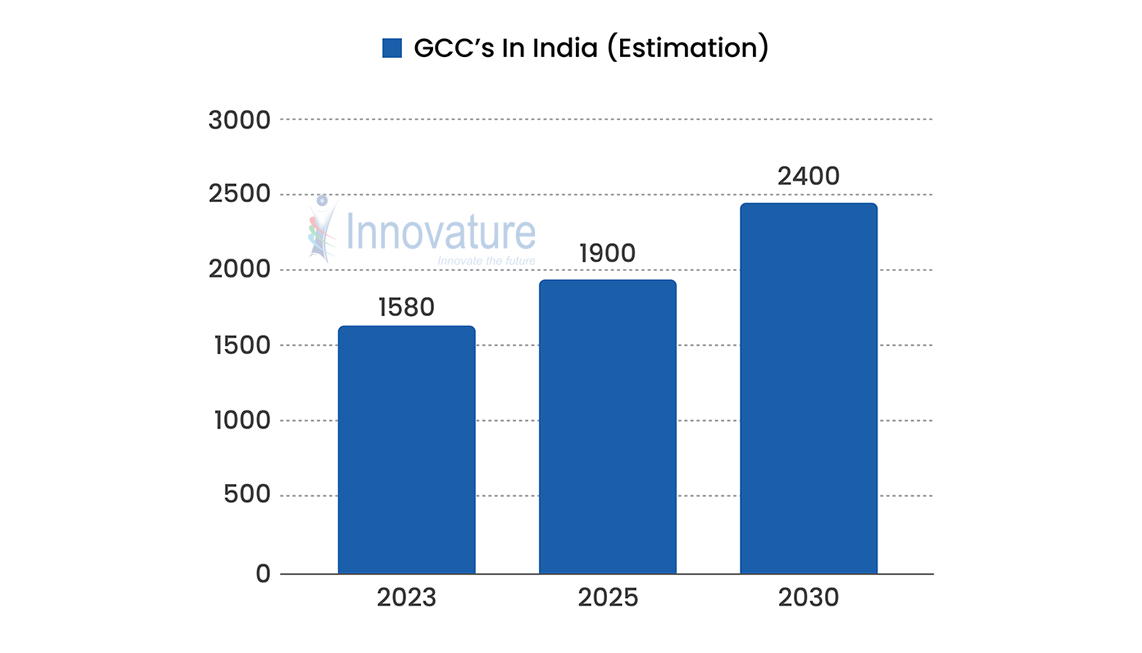
Going the “Captive Centers” way helps reduce attrition rates, improves the velocity of your project and makes sure that the product is of quality and not mediocre.
Benefits of Captive Centers
- Flexibility: Decision makers or business owners have direct control over resources, which can help align strategies, objectives and scale when needed.
- Reduced Attrition Risks: Since this is a direct offshoot of your business centre, typically in a far-shore location, nevertheless directly under your control, lesser chances of disgruntled and unsatisfied resources leaving early.
- Global Talent Pool: GCC enables a global talent pool without compromising team alignment or ownership. You can handpick skilled professionals who get the job done, but without the hurdles of needing to hire locally.
- Cultural Alignment: When you are outsourcing, Vendors work on their own SOP’s which are out of your scope of control or review. Captive centers are built to mirror your internal processes and work culture. This helps in necessitating a smooth flow of work, fewer gaps in communication and also a team that speaks your business language.
Why Captive Centers are your Ideal Solution for an Uncertain Market?
Uncertainty is the new constant. Budgets fluctuate with rising demand and a shortage of the right talent. In such a scenario, Captive Centers are best suited for a volatile environment where flexibility without losing control is key.
To understand this better, let’s consider an example where you outsource part of your requirements — doing so forces you to compromise on visibility and ownership. At the same time, Captive Centers embed these very aspects into your business DNA. With outsourcing, you don’t get to set the rules on how the teams work. Captive Centers ensure exactly that. Plus, you get the added advantage of the team not feeling like an outsourced extension — rather, they become part of your team, just operating from a geographically cost-efficient location.
Beyond Vendors — Finding a Strategic Captive Partner
Businesses today don’t need another vendor. What they need is a partner who thinks like them, prioritizes their goals, and helps them scale, while scaling alongside them. This is where we, Innovature, step in.
We don’t do simple talent handovers. We design, build, and scale dedicated Global Capability Centers (GCCs) that act as true extensions of your core teams. From Software Development and Quality Assurance to DevOps and AI-led workflows, our expertise spans the entire tech stack.
Your GCC with Innovature stays fully aligned with your culture, your processes, and your long-term roadmap.
This isn’t about outsourcing for cost efficiency. It’s about building continuity, depth, and velocity into your delivery engine. You maintain full control—and gain a smarter, future-ready way to scale.



